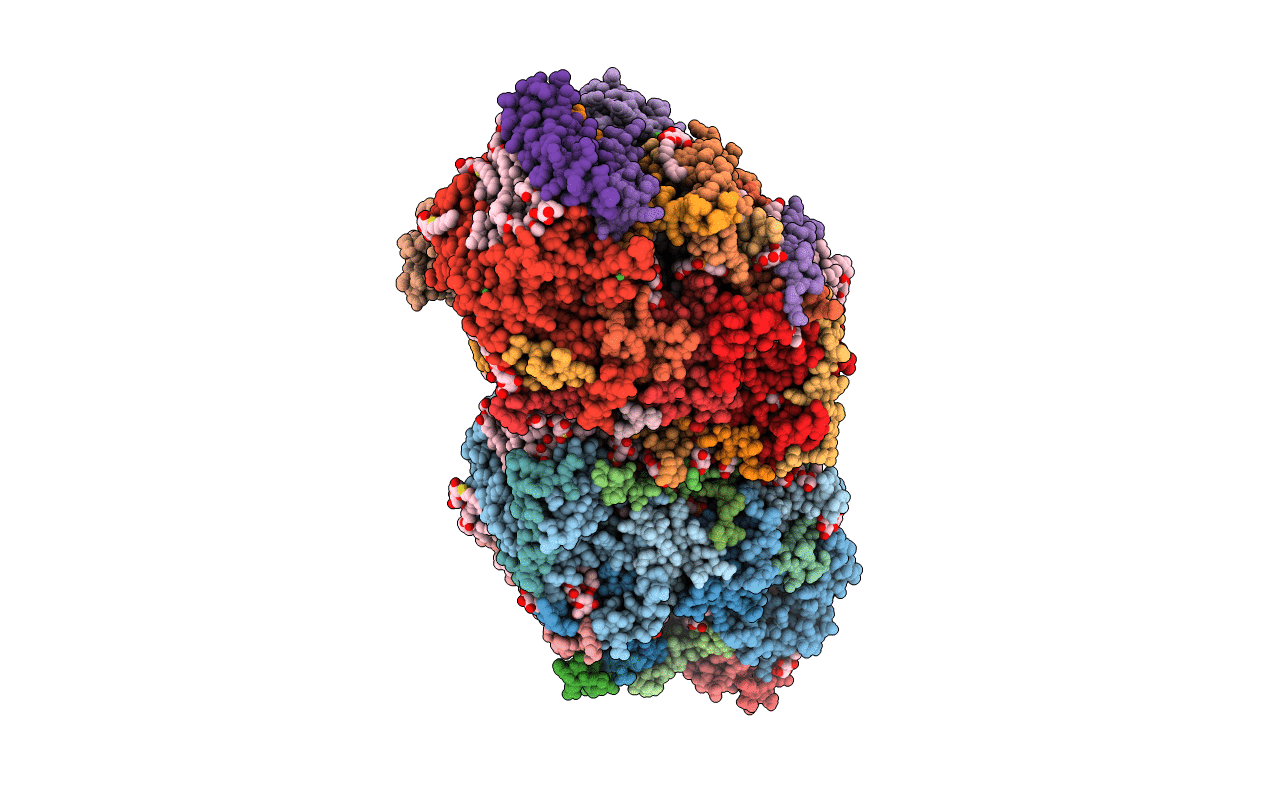
Deposition Date
2016-12-05
Release Date
2017-03-15
Last Version Date
2024-11-06
Entry Detail
PDB ID:
5WS6
Keywords:
Title:
Native XFEL structure of Photosystem II (preflash two-flash dataset
Biological Source:
Source Organism:
Thermosynechococcus vulcanus (Taxon ID: 32053)
Method Details:
Experimental Method:
Resolution:
2.35 Å
R-Value Free:
0.17
R-Value Work:
0.12
R-Value Observed:
0.13
Space Group:
P 21 21 21


